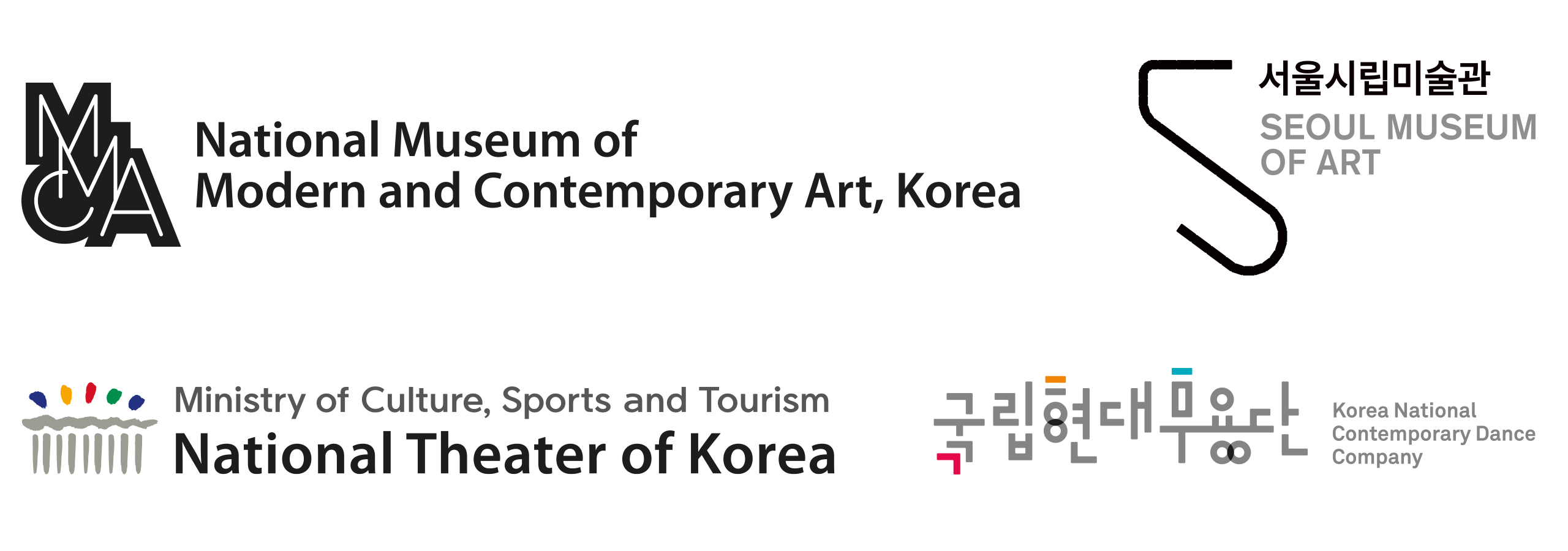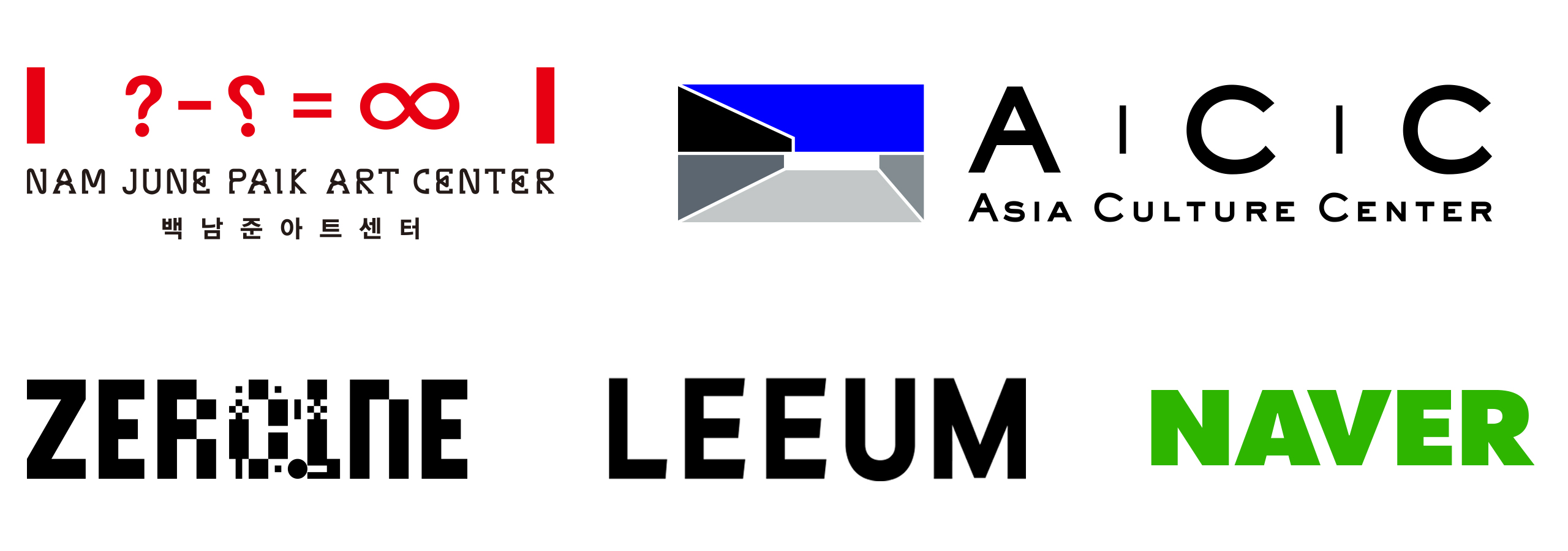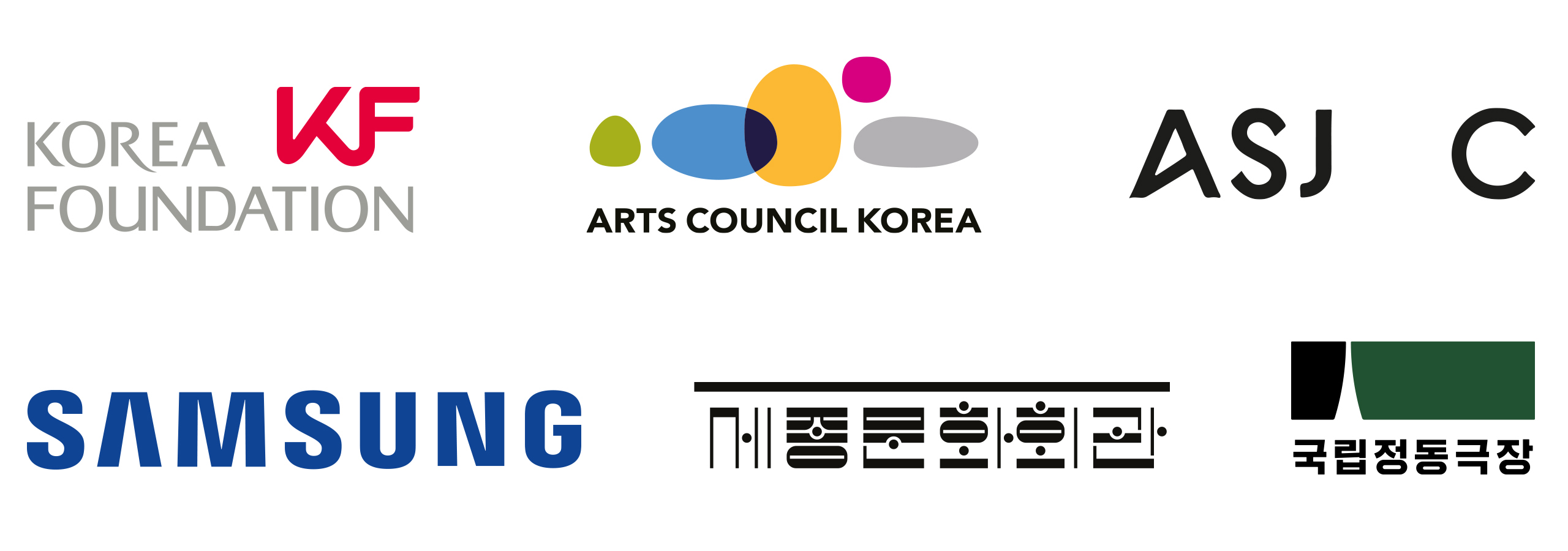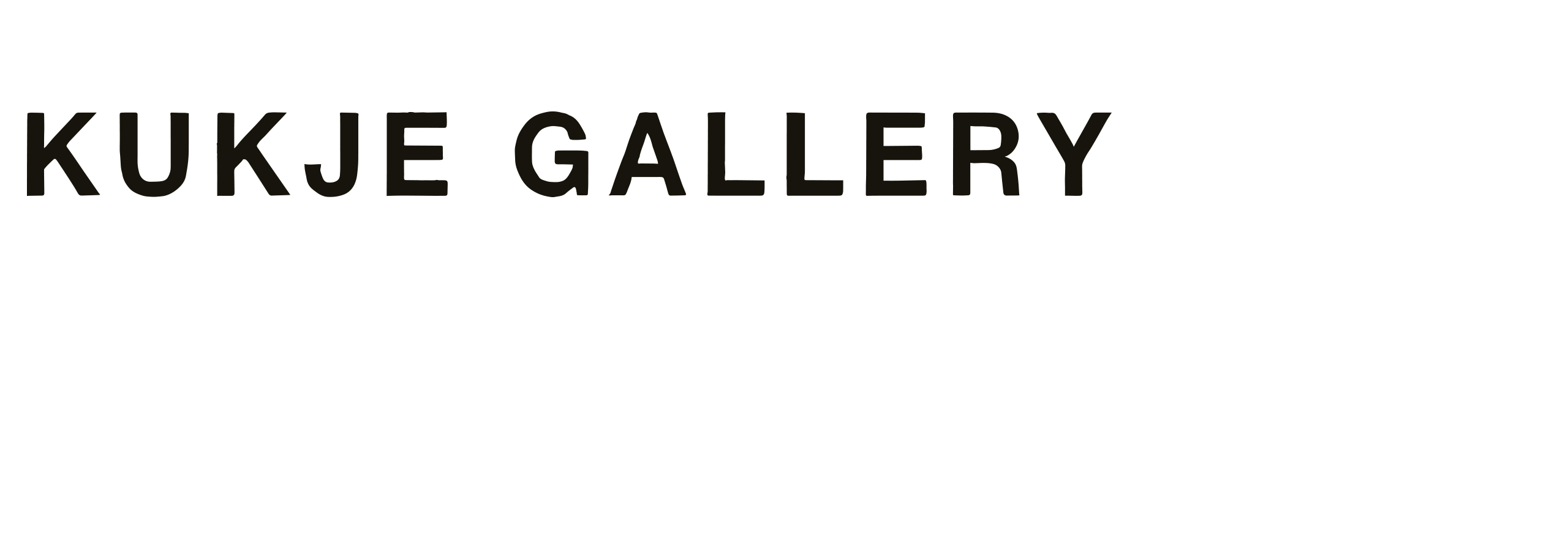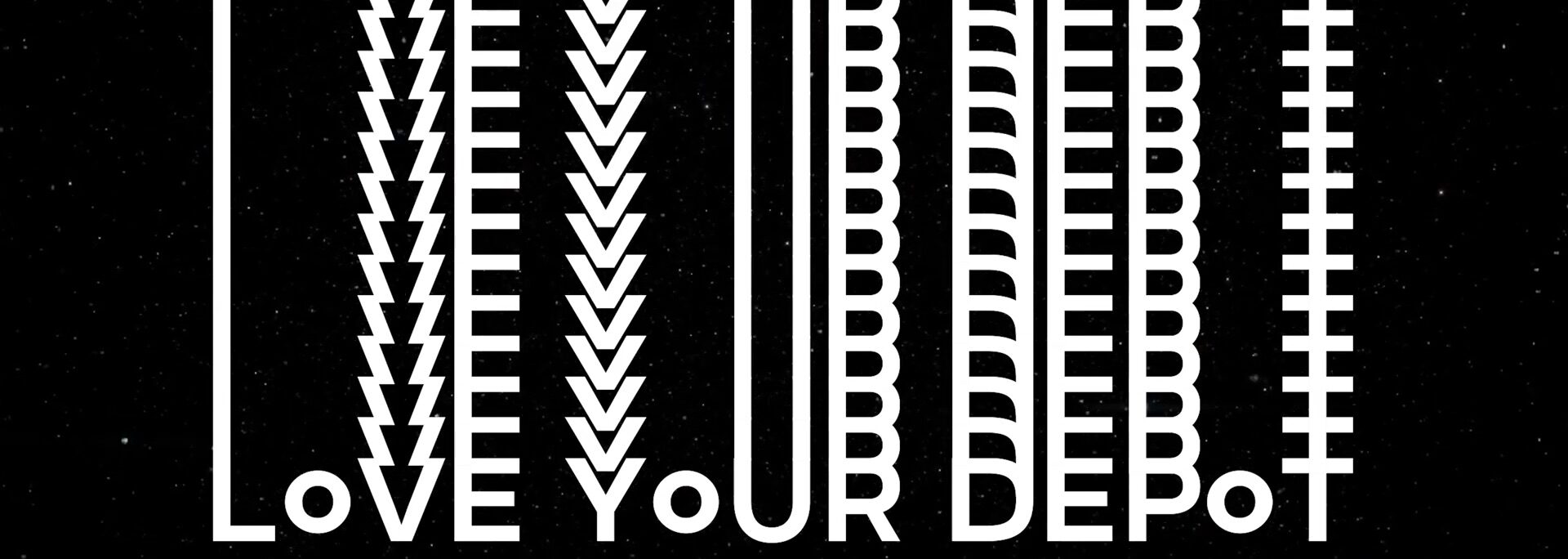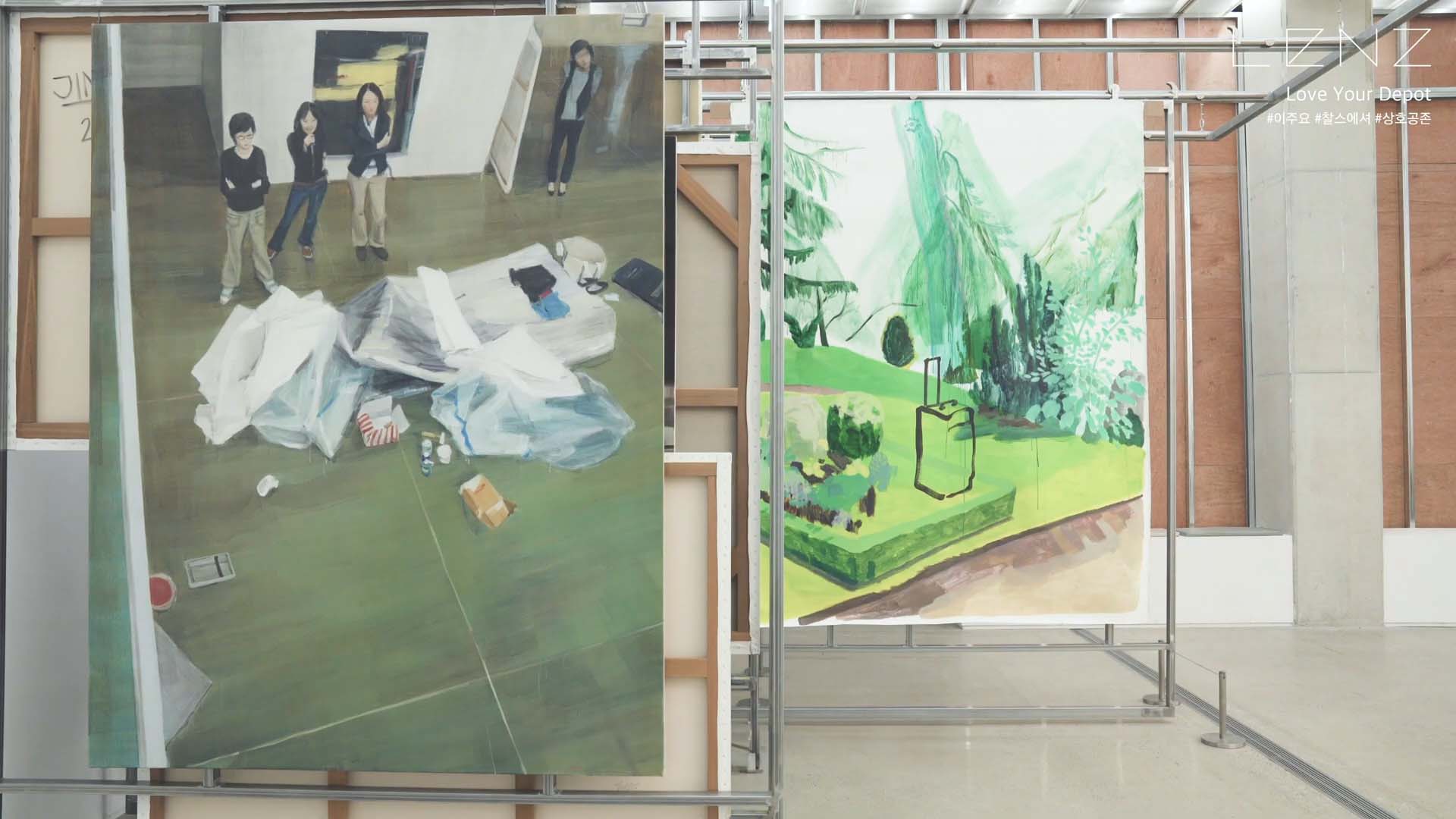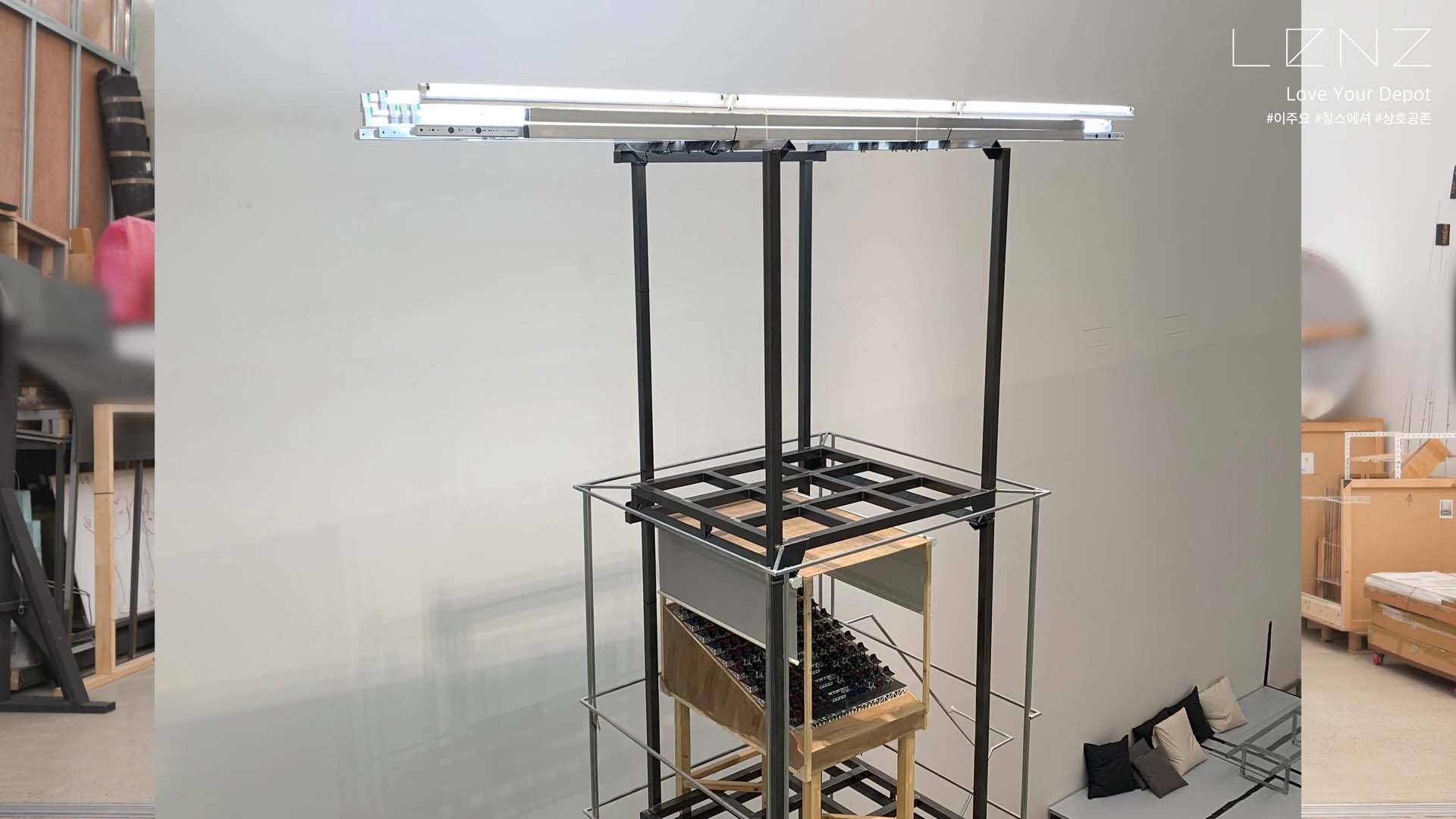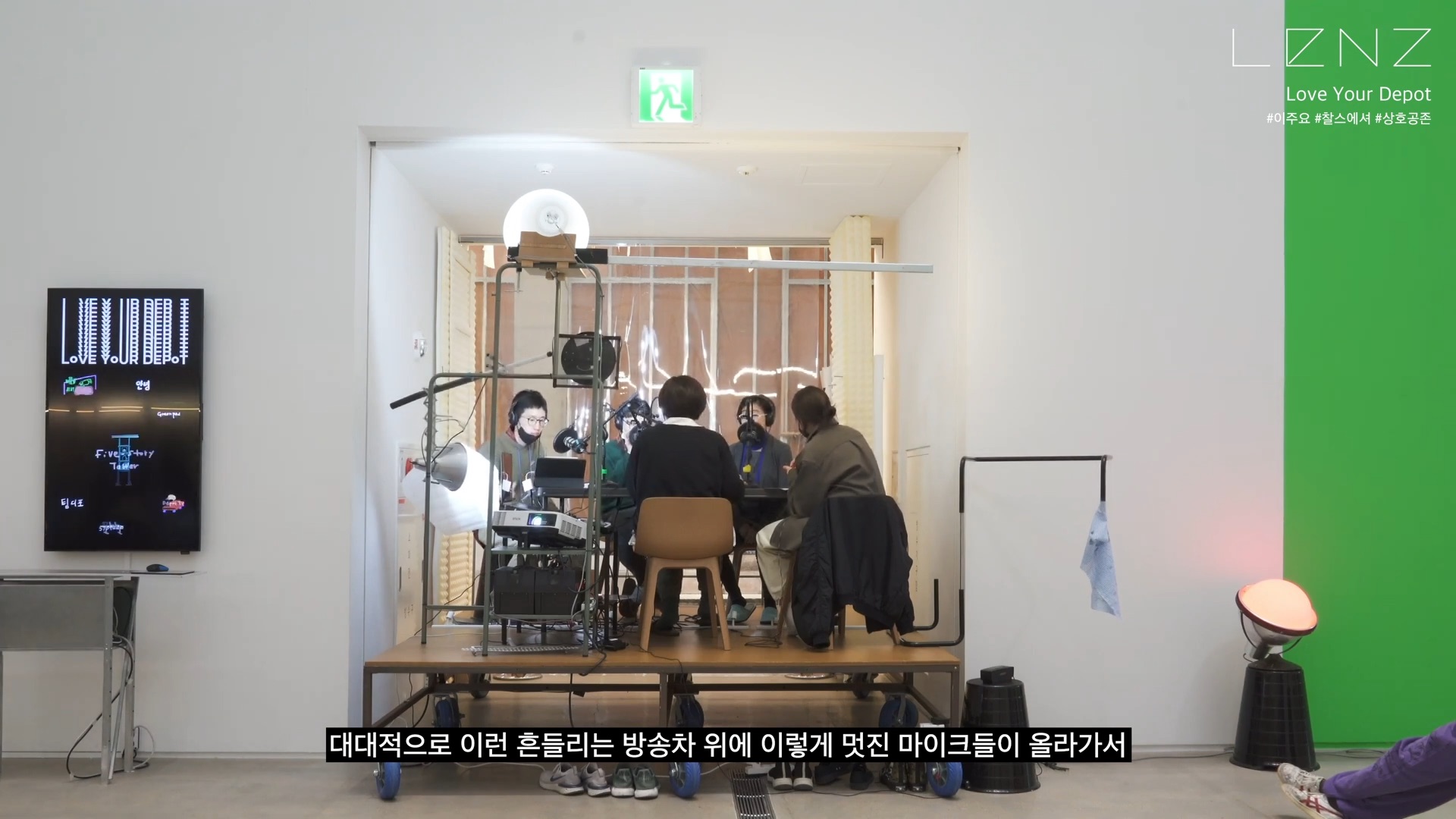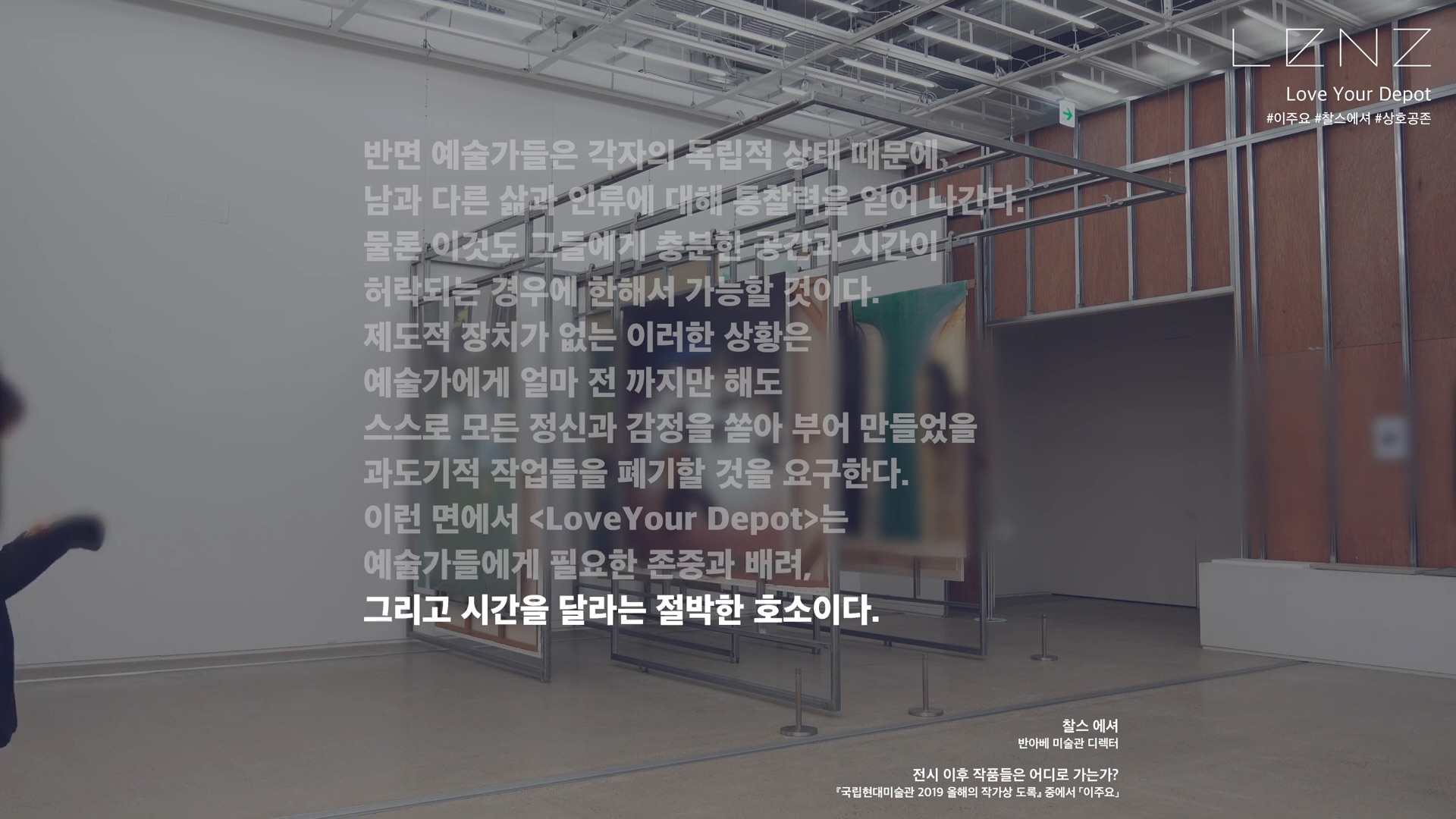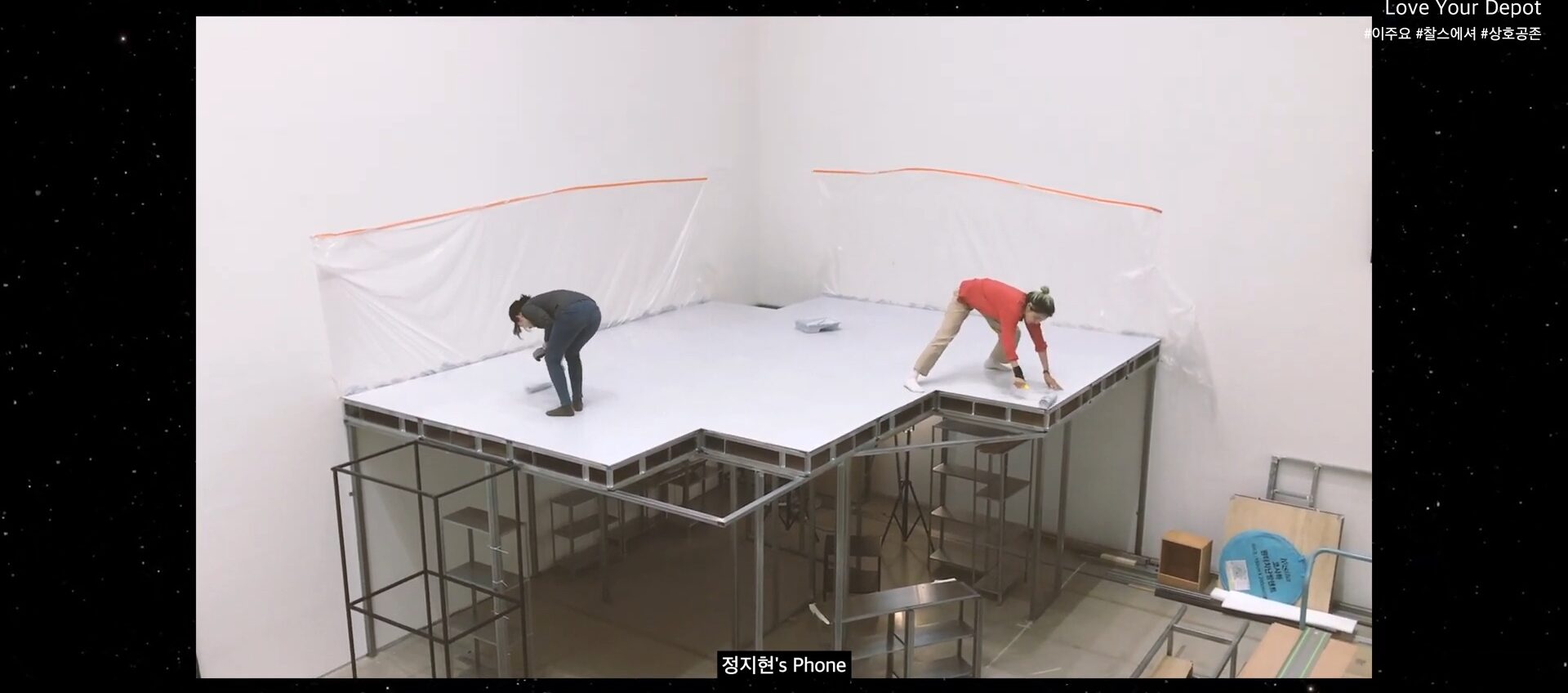MeeJee Lee: This passage from Charles Esche’s article, “Where Do Works Go After the Exhibition?” is particularly striking. He goes on to mention, “We need to pay attention to the fact that the prototype for Love Your Depot takes place within the museum.” I interpret this as the museum being understood not just as a physical space but as a more conceptual organization. I’m curious about your experiences implementing Love Your Depot within the museum—how was it to bring this to life? It must have been challenging just by looking at it.
Jewyo Rhii: Well, when you’re holding an exhibition, it’s physically exhausting. You have to be on your feet for hours—sometimes over 12 hours a day, and there are times when the physical labor is very intense. But it’s not just about physical endurance; mentally, as the artist, I have to lead the space and make all the decisions on site, so it takes a lot of practice to constantly stay focused and make quick decisions.
MeeJee Lee: I completely understand how important practicing making decisions is.
Jewyo Rhii: You get it because you’re the director.
MeeJee Lee: Yes, exactly.
Jewyo Rhii: So, if I don’t give quick cues, the people waiting around will stay idle. That’s why it’s important to keep everything moving. But besides the physical work, there’s also the constant negotiation with the museum. It’s all about finding compromises—some things work, and some don’t. There’s also all the administrative work that needs to be handled. Large exhibitions are always difficult, and the more people that come in, the more complicated it gets, and you have to stay focused. Since I’m not exactly the healthiest person, I always feel like I’m pushing myself to the limit.
MeeJee Lee: It seems exhausting.
Jewyo Rhii: Once the exhibition is open, things get more manageable, but the space is also an office, so there are strict rules to follow. If we want cameras or tripods to come in, we need to file reports. There are so many considerations to ensure that the audience isn’t disrupted or put in danger, and everything has to be checked. It’s not just a gallery space but also a working place for some people, which complicates things a lot. But despite all the challenges, the museum’s rules are strong and ensure that the works stay in place, and the exhibition remains visible to the public.
MeeJee Lee: So it’s a continuous balancing act.
Jewyo Rhii: Exactly. There’s a lot of flexibility required to respond to situations. For example, the painting area was originally supposed to be fully open, but we ended up closing it off. That was disappointing because the idea was to allow people to interact with the artwork, but because of security issues, it became impossible to let the audience engage with the pieces as intended. When I did a similar prototype in New York on a smaller scale, I allowed people to touch the artworks. It worked because the space was smaller and manageable, and people really enjoyed being able to rearrange the artwork themselves. It’s something that’s fun for the audience, but it’s also a security nightmare in larger settings.


